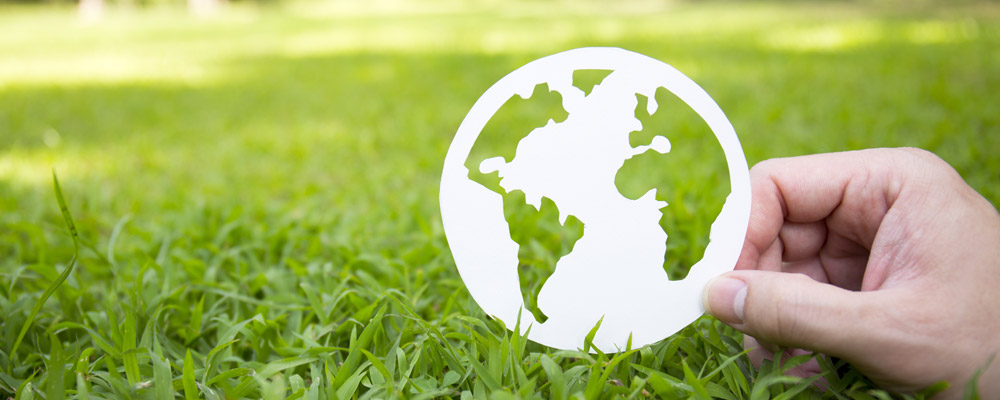While latex mattresses are often marketed as hypoallergenic, they can still cause allergic reactions in some individuals. Latex is made from the sap of rubber trees, which can contain proteins that can trigger allergies in people with latex sensitivities. These allergies can manifest as skin irritation, respiratory problems, or even anaphylactic shock in severe cases. If you have a known latex allergy, it's best to avoid latex mattresses altogether. Allergies
While latex mattresses are known for their durability, they may not last as long as some other types of mattresses. Natural latex mattresses can last up to 15 years, while synthetic latex mattresses have a shorter lifespan of up to 10 years. However, this still pales in comparison to memory foam mattresses, which can last up to 20 years with proper care. This means you may have to replace your latex mattress more frequently, which can be a significant investment in the long run. Durability
Latex mattresses are typically more expensive than other types of mattresses. This is due to the materials used and the manufacturing process, which involves harvesting and processing natural rubber. While synthetic latex mattresses are slightly more affordable, they may not offer the same quality and benefits as natural latex mattresses. This high cost can make latex mattresses inaccessible for some budget-conscious consumers. Cost
Latex mattresses are notoriously heavy and can be difficult to move, especially for one person. This is due to the dense and solid nature of latex foam, which makes it durable but also adds to its weight. This can make it challenging to rotate or flip the mattress, which is recommended for even wear and tear. The weight of a latex mattress can also make it challenging to transport if you move or rearrange your bedroom frequently. Weight
Latex mattresses are known for their firmness, which can be a disadvantage for those who prefer a softer sleeping surface. While some people may find the support of a firm mattress beneficial for their back and spine, others may find it uncomfortable and cause pressure points. Keep in mind that firmness levels can vary between different types of latex mattresses, so it's essential to try them out before making a purchase. Firmness
Latex mattresses are not known for their breathability, which can lead to heat retention. The dense and solid nature of latex foam can trap heat and make the mattress feel hot and uncomfortable, especially for those who tend to sleep hot. This can disrupt sleep and cause discomfort, particularly in warmer climates or during the summer months. Some latex mattresses may have added cooling features, but they may come at an additional cost. Heat retention
Latex mattresses may emit a chemical odor when they are first unpacked. This is known as off-gassing, and it is caused by the volatile organic compounds (VOCs) used in the manufacturing process. While these odors are usually harmless, they can be unpleasant and bothersome for some people. It can take a few days to a few weeks for the smell to dissipate completely, and some people may be sensitive to the odors and experience headaches or respiratory issues. Chemical odors
When it comes to customization and options, latex mattresses may have limited choices compared to other types of mattresses. While they come in different firmness levels, there may not be as many options for different materials, sizes, or designs. This can be a disadvantage for those who like to have a variety of choices when it comes to their sleep products. Additionally, latex mattresses may be harder to find in physical stores, limiting the ability to test them out before purchasing. Limited options
Like any other mattress, latex mattresses require regular maintenance to ensure their longevity and performance. This includes rotating or flipping the mattress, spot cleaning, and protecting it from spills and stains. However, latex mattresses may require more maintenance than other types of mattresses due to their heavy weight and density. This can be inconvenient for those with physical limitations or busy lifestyles. Maintenance
While latex mattresses are often marketed as eco-friendly, they may not be as environmentally friendly as you may think. While natural latex mattresses are made from a renewable resource, the process of harvesting and processing latex can be harmful to the environment. Additionally, synthetic latex is made from petrochemicals, which can have a negative impact on the environment. The production and transportation of latex mattresses also contribute to carbon emissions, which can be a concern for those looking for a more sustainable option. Environmental impact
The Disadvantages of Latex Mattresses

In recent years, latex mattresses have become increasingly popular due to their eco-friendly and hypoallergenic properties. However, just like any other product, there are also some disadvantages to using a latex mattress. While these mattresses offer many benefits, it is important to consider the drawbacks before making a decision.
1. Cost

One of the major drawbacks of latex mattresses is their high cost. Latex is a natural material and is more expensive to produce compared to other materials used in mattresses, such as memory foam or innerspring. This can make latex mattresses a less affordable option for some consumers.
2. Durability

While latex mattresses are known for their longevity, they may not be as durable as other types of mattresses. Over time, the latex foam may start to sag and lose its shape, especially if it is not rotated regularly. This can result in uneven support and discomfort for the sleeper.
3. Temperature Sensitivity

Latex mattresses can also be temperature sensitive, meaning they can become softer or firmer depending on the room temperature. This can be an issue for those living in areas with extreme temperature changes, as the mattress may not provide consistent support throughout the night.
4. Weight

Another disadvantage of latex mattresses is their weight. Latex mattresses are generally heavier than other types of mattresses, which can make it difficult to move or rotate. This can also be an issue for those who have trouble lifting heavy objects, as they may struggle to change the sheets or move the mattress.
5. Limited Firmness Options

Compared to other types of mattresses, latex mattresses offer limited firmness options. While some companies may offer different levels of firmness, overall, latex mattresses tend to be on the firmer side. This may not be suitable for those who prefer a softer or more plush sleeping surface.
In conclusion, while latex mattresses have many advantages, they also come with their own set of disadvantages. Before purchasing a latex mattress, it is important to consider your personal needs and preferences to determine if it is the right choice for you.




















































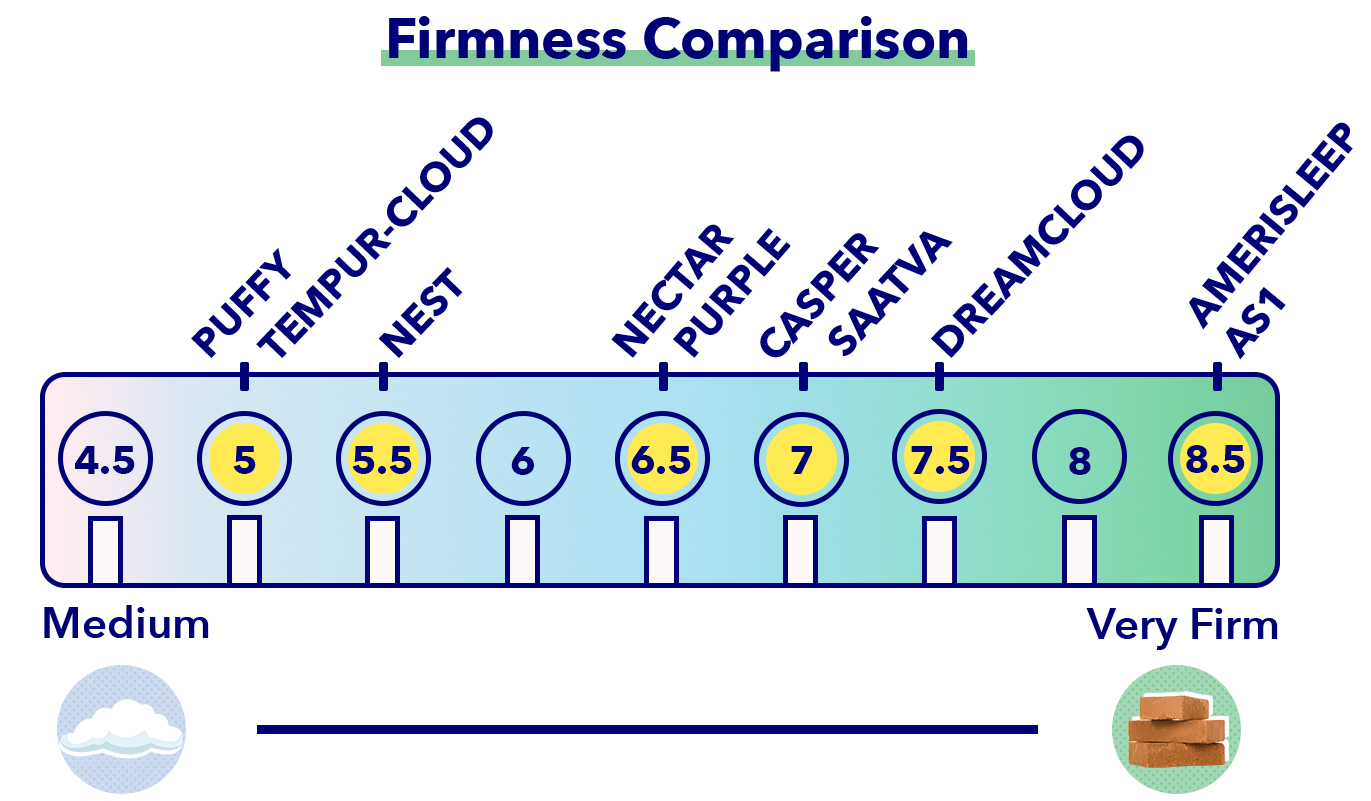










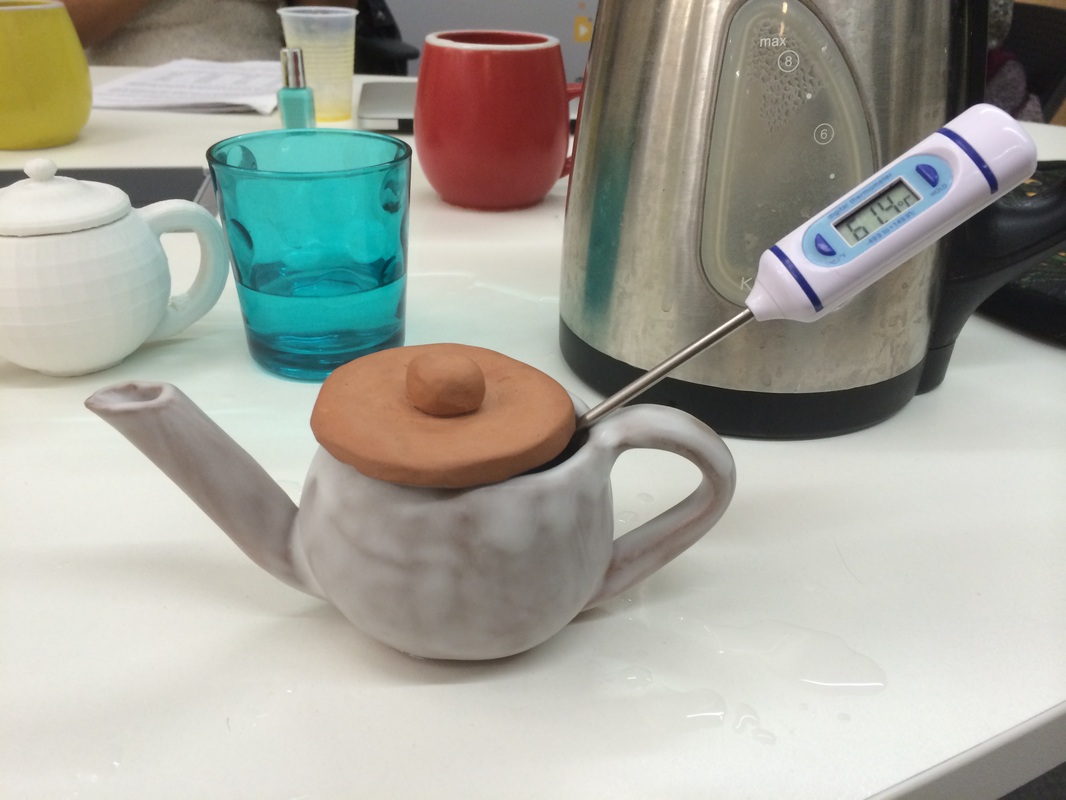








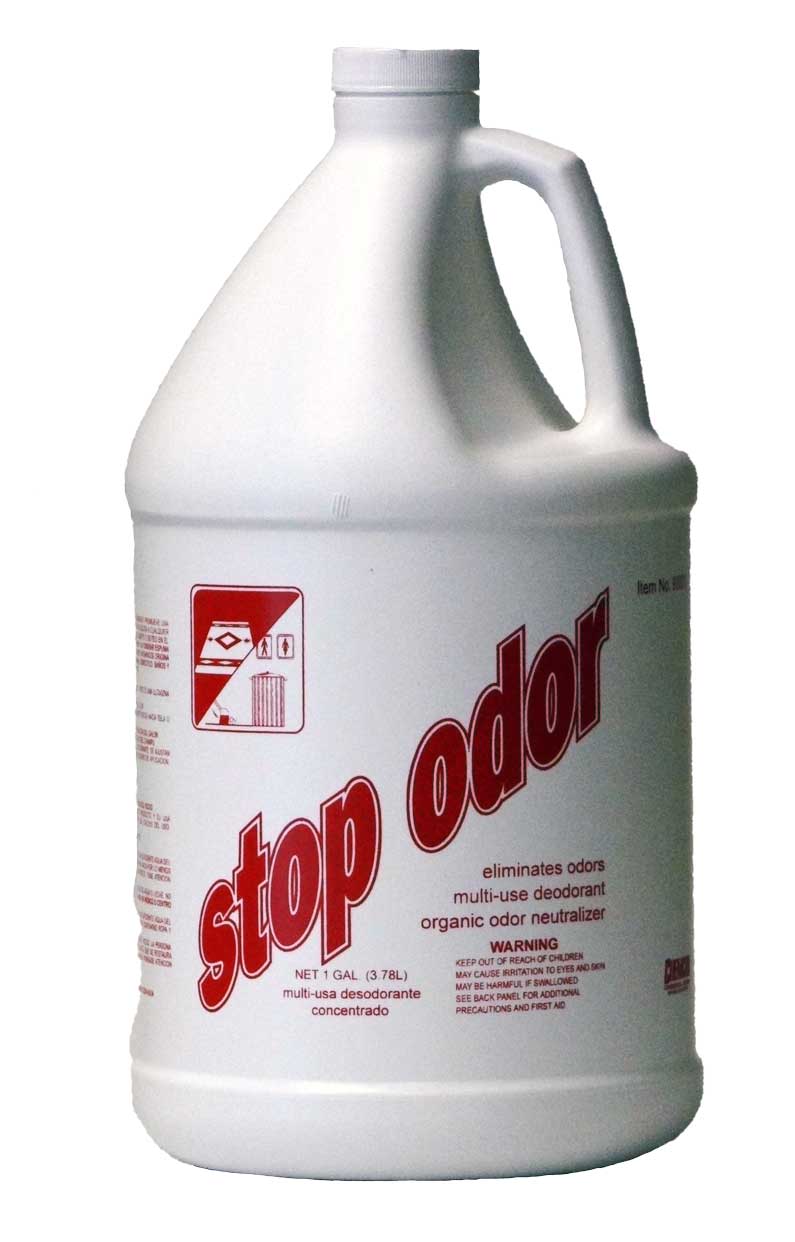


































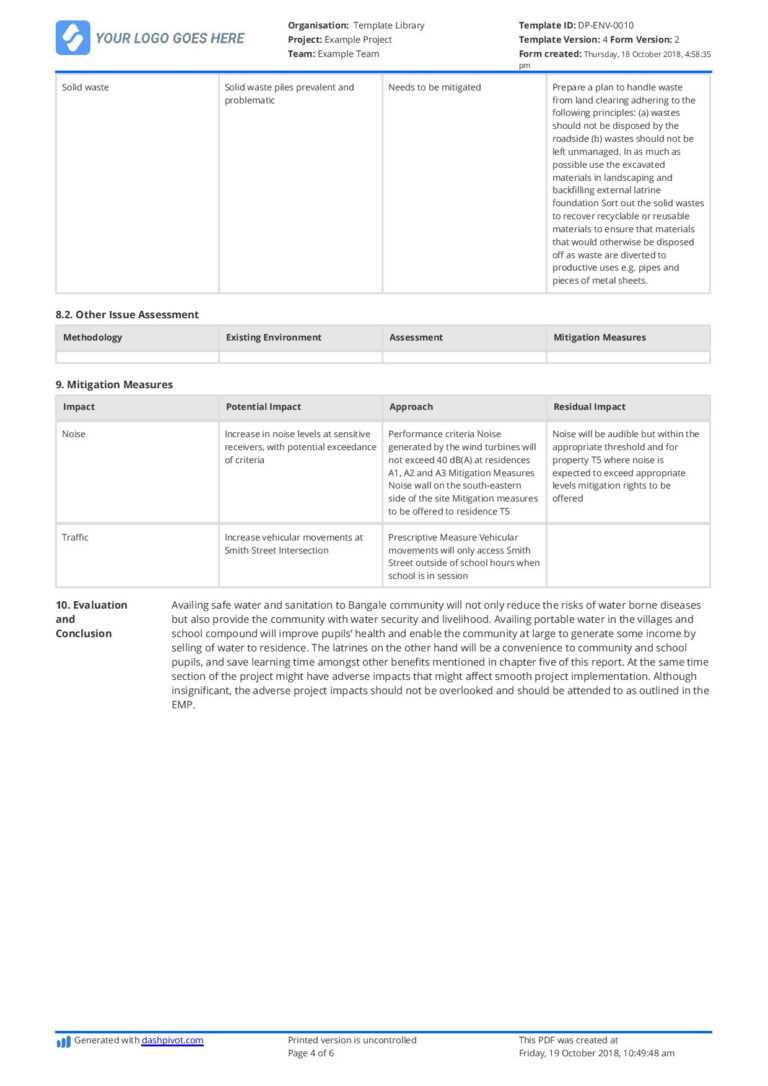


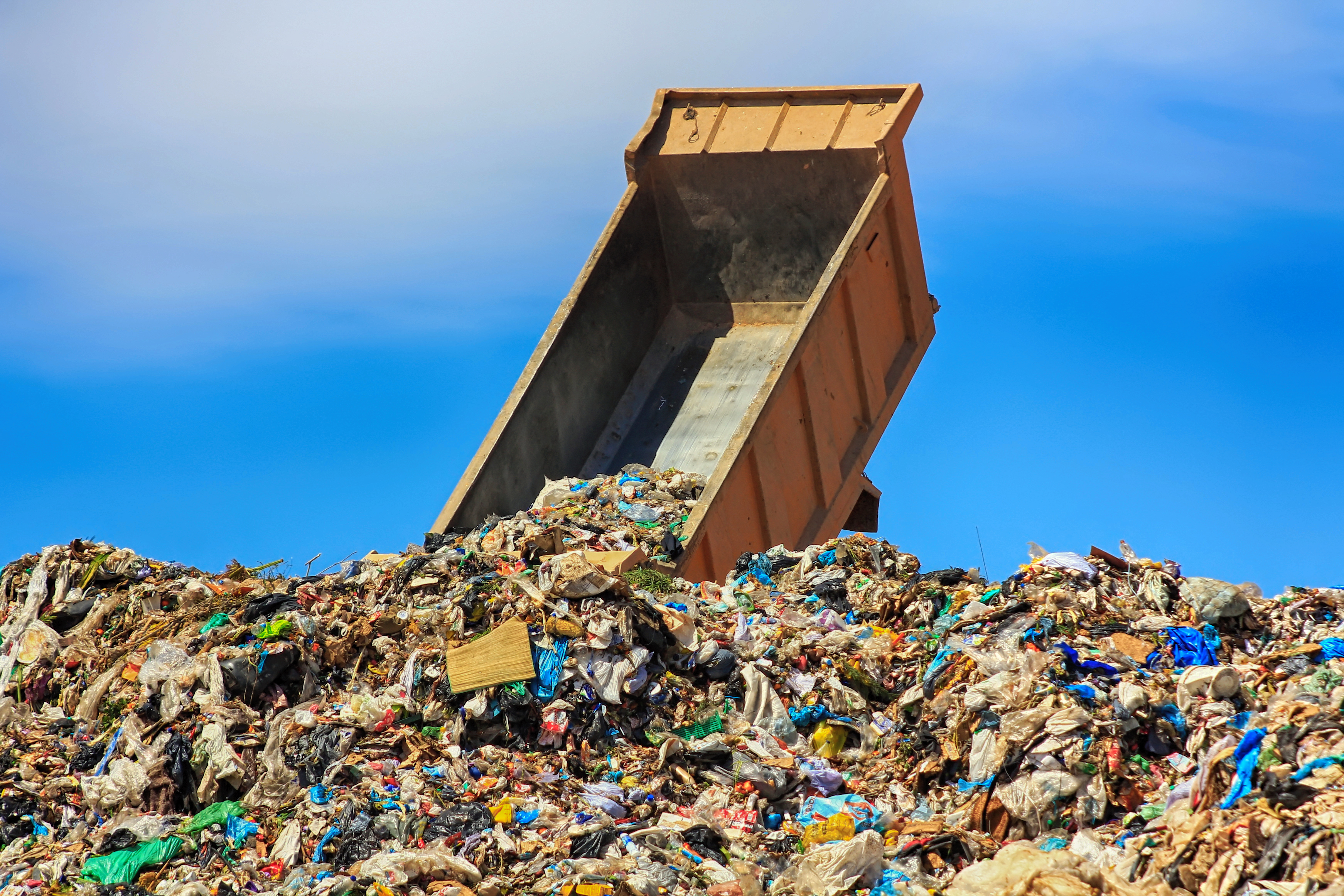



/GettyImages-470220271-39c04c6955d14b3db87d62e9b13db6eb.jpg)


